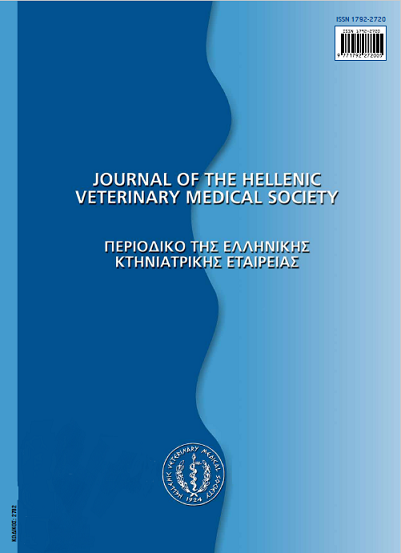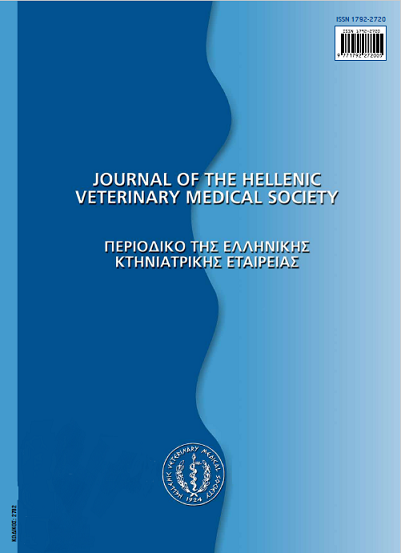Interspecies transmission of Rotaviruses among ruminants, dogs and humans: Current facts and remarks

Abstract
Rotaviruses are considered to be a major cause of diarrhoea to humans as well as a wide variety of animals and may cause serious economic losses in livestock animals, especially swine and ruminants. This fact, along with the genetic diversity that characterizes members of the Rotavirus group, raised concerns regarding the potential of virus interspecies transmission among various species of animals and humans. Regarding the presence and the epidemiology of Rotaviruses in ruminants in association with closely related humans and dogs, research is limited and few data have been presented in recent years. In this review we present all the latest information regarding the distribution of genotypes of Rotavirus strains in ruminants, dogs and humans.
Article Details
- How to Cite
-
VALIAKOS, G., CHATZOPOULOS, D. C., & TSOKANA, C. N. (2018). Interspecies transmission of Rotaviruses among ruminants, dogs and humans: Current facts and remarks. Journal of the Hellenic Veterinary Medical Society, 68(2), 123–130. https://doi.org/10.12681/jhvms.15596
- Issue
- Vol. 68 No. 2 (2017)
- Section
- Review Articles

This work is licensed under a Creative Commons Attribution-NonCommercial 4.0 International License.
Authors who publish with this journal agree to the following terms:
· Authors retain copyright and grant the journal right of first publication with the work simultaneously licensed under a Creative Commons Attribution Non-Commercial License that allows others to share the work with an acknowledgement of the work's authorship and initial publication in this journal.
· Authors are able to enter into separate, additional contractual arrangements for the non-exclusive distribution of the journal's published version of the work (e.g. post it to an institutional repository or publish it in a book), with an acknowledgement of its initial publication in this journal.
· Authors are permitted and encouraged to post their work online (preferably in institutional repositories or on their website) prior to and during the submission process, as it can lead to productive exchanges, as well as earlier and greater citation of published work.



